tl,dr: There are many ways to make a difference, ranging from donating time/energy/ideas to financially supporting organizations who are making a difference.
—
When I was first diagnosed with diabetes (at age 14, three months into high school – ugh), I was stunned. And I didn’t want anyone to know, because I didn’t want to be treated differently. So for the first few months, I learned how to take care of myself, and did that quietly and went about my life: school, color guard, etc. I was frustrated with the idea of having to do all this stuff for the rest of my life, and wanted as little as possible to have to talk/think about it beyond the bare minimum I had to do.
However, after I talked the Latin Club into making our fundraising dollars from the Rake-a-thon go toward the American Diabetes Association, and I saw the reaction of the local staff when I walked in and dropped a check on the desk and turned around and tried to walk out the door. (They didn’t let me just walk out!) I agreed to volunteer and do more, and it changed my life.
I don’t know what first thing I did, but I quickly came to realize that doing things for the broader population of people with diabetes – maybe they had type 2, maybe they lived somewhere else, didn’t matter – made me feel SO much better about my own life with type 1 diabetes. I wasn’t alone. And so my mantra became “Doing something for someone else is more important than anything you would do for yourself.” And it’s proved to be true for me for 14 years.
—
Since I grew up in Alabama, that’s where I started getting involved first. Inspired by my parents’ volunteer efforts that I saw growing up, I would volunteer my time and energy for a variety of things:
- Fundraising for the local walk
- Actually helping out the day of the walk
- Joining the planning committee for the walk and spending months helping figure everything out and doing both actual and metaphorical heavy lifting to help make the event happen
Because of my volunteer efforts, I was asked to speak at a fundraising breakfast in Birmingham. It was my first time ever giving a public talk, let alone publicly talking about living with diabetes. And because of the people I met that day, I began doing more volunteer things around the state – and it led me to applying and being selected as the National Youth Advocate for the American Diabetes Association, and later serving on national committees like the National Youth Strategies committee (where we developed and improved the “Wisdom” kits for newly diagnosed kids with diabetes, created a kid-focused section of the ADA website, etc.). And my involvement continued as I graduated college and moved to Seattle, still serving on national committees but also joining the Western Washington Leadership Board and doing the same type of local event volunteering, but now in Seattle. I also have done more around advocacy over the years, beyond my time as NYA. While in college, I was asked to testify before the Senate HELP committee, talking about the need to increase funding for disease research. I’ve also participated regularly in ADA’s Call to Congress, including this year, where Scott and I paid to fly to DC and talk with our Washington state representatives and senators about the critical need for funding NIH & CDC; maintaining critical diabetes programs; and the issues around insulin affordability.
But it was when I was asked to represent the US and attend the World Diabetes Congress in 2006 when my eyes were opened to the issues around insulin access and affordability.
—
IDF first did a youth ambassador program in 2006, bringing around two dozen young adults with diabetes to the World Diabetes Congress to participate, train in advocacy activities, etc.
Having grown up in Alabama, where diabetes (particularly type 2) is highly prevalent, I knew that not everyone could afford pumps and CGMs (especially back then, when CGMs were brand new, way less accurate, and still super expensive, even with insurance coverage). I also knew that insulin & supplies were expensive, and some people struggled with gaining access to them. (And I always felt very fortunate that since diagnosis, my parents were able to afford my insulin & supplies.)
However, while in South Africa, I learned from my new friends from other parts of Africa and the rest of the world that this was the tippy top of the ice berg. I learned about:
- Kids are walking alone on roads for miles and hours to get to a clinic to get a single, daily shot of insulin.
- They may only test their BGs once a week, or month, or quarter.
- It’s not just kids – adults would have to stop working and walk for hours, too, choosing to get insulin to stay alive to be able to work another few days to help their family survive.
- Some people would only get insulin once a week, if that, or once a day – compared to me, where I might have several injections a day, as often as needed to keep my BGs in a safe range.
It was astonishing, saddening, maddening, and terrifying. And living so far away from this part of the world, I wasn’t sure how I could help, until I met Graham Ogle who created the “Life for a Child” program to help tackle the problem, with the vision that no child should die of diabetes. Life for a Child helps less resource-supported countries provide insulin, syringes, other supplies, and education (both for people living with diabetes and healthcare providers). And, they’re a very resource-efficient organization.
—
When Scott and I first met, he knew nothing about diabetes (and actually thought my insulin pump was a pager – hah!). And while I volunteered a lot of my time and energy to help organizations, he is also dedicated to finding effective ways to safe lives, and as a result, is a longtime donor to Givewell.org and some of their top charities, like Against Malaria Foundation. Givewell is a nonprofit dedicated to finding giving opportunities and publishing the full details of their analysis to help donors decide where to give. And unlike charity evaluators that focus solely on financials, assessing administrative or fundraising costs, they conduct in-depth research aiming to determine how much good a given program accomplishes (in terms of lives saved, lives improved, etc.) per dollar spent.
Therefore, when Scott and I got married, we decided that in lieu of wedding-related gifts, we would ask people to support our charities of choice, to further increase the impact we would be able to have in addition to our own financial and other resource donations.
However, Life for a Child was not evaluated by Givewell. So Scott and I got on a Skype call with Graham Ogle to crunch through the numbers and try to come up with an idea for how effective Life for a Child is, similar to what Givewell has already done for other organizations.
For example, the Against Malaria Foundation, the recommended charity with the most transparent and straightforward impact on people’s lives, can buy and distribute an insecticide-treated bed net for about $5. Distributing about 600-1000 such nets results in one child living who otherwise would have died, and prevents dozens of cases of malaria. As such, donating 10% of a typical American household’s income to AMF will save the lives of 1-2 African kids *every year*.
Life for a Child seems like a fairly effective charity, spending about $200-$300/yr for each person they serve (thanks in part to in-kind donations from pharmaceutical firms). If we assume that providing insulin and other diabetes supplies to one individual (and hopefully keeping them alive) for 40 years is approximately the equivalent of preventing a death from malaria, that would mean that Life for a Child might be about half as effective as AMF, which is quite good compared to the far lower effectiveness of most charities, especially those that work in first world countries.
(And some of the other charities and organizations don’t have clear numbers that can be this clearly tracked to lives saved. It’s not to say they’re not doing good work and improving lives – they absolutely are, and we support them, too – but this is one of the most clear and measurable ways to donate money and have a known life-saving impact related to diabetes.)
—
I am asked fairly frequently about what organization I would recommend donating to, in terms of diabetes research or furthering the type of work we’re doing with the OpenAPS community. It’s a bit of a complicated answer, because there is no organization around or backing the OpenAPS community’s work, and there are many ways to donate to diabetes research (i.e. through bigger organizations like ADA and JDRF or directly to research projects and labs if you know of a particular research effort you want to fund in particular).
And also, I think it comes down to seeing your donation make a difference. If you’d ask Scott, he would recommend AMF or other Givewell charities – but he’s seen enough people ask me about diabetes-related donation targets to know that people are often asking us because of wanting to make a difference in the lives of people with diabetes.
So, given all the ways I’ve talked about making a difference with different volunteer efforts (and the numerous organizations with which you could do so), and the options for making a financial donation: my recommendation for the biggest life-saving effort for your dollar will be to donate to Life for a Child, to help increase the number from the 18,000 children and 46 countries they’re currently helping in. (And, they now have a US arm, so if you are in the US your donation is tax-deductible).
You may have a different organization you decide to support – and that’s great. Thank you to everyone who donates money, time, and energy to organizations who are working to make our lives better, longer, and the world in general to be a better place for us all.
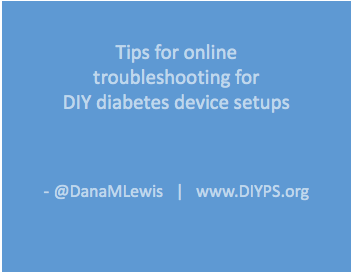
 . Saying “I am doing a thing, and it stopped working/doesn’t work” requires someone to play the game of 20 questions to draw out the above level of detail, before they can even start to answer your question of what to do next.
. Saying “I am doing a thing, and it stopped working/doesn’t work” requires someone to play the game of 20 questions to draw out the above level of detail, before they can even start to answer your question of what to do next.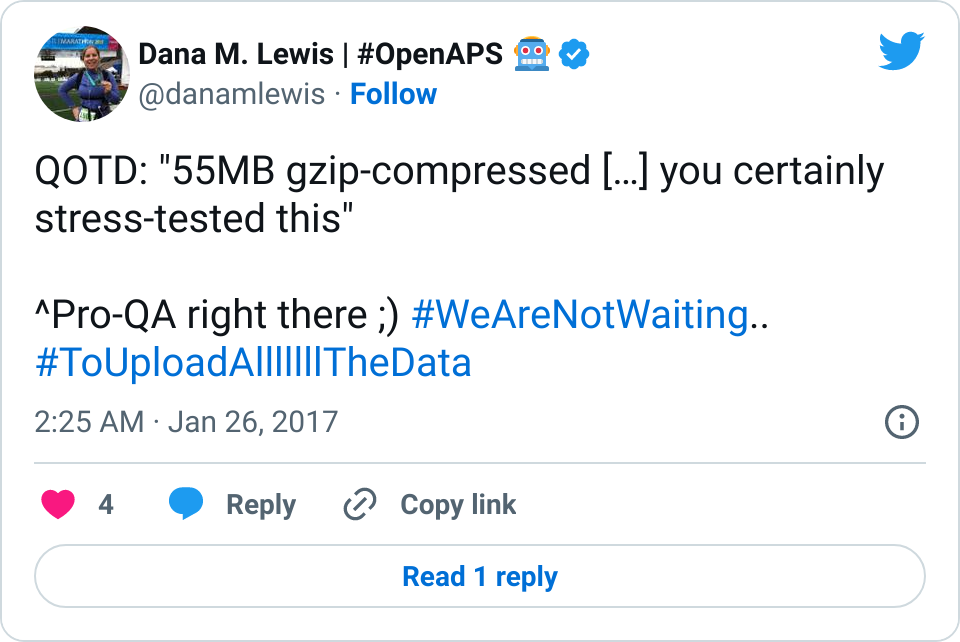
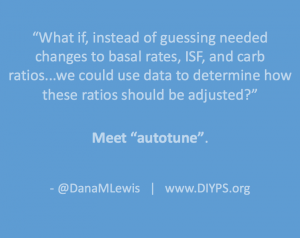

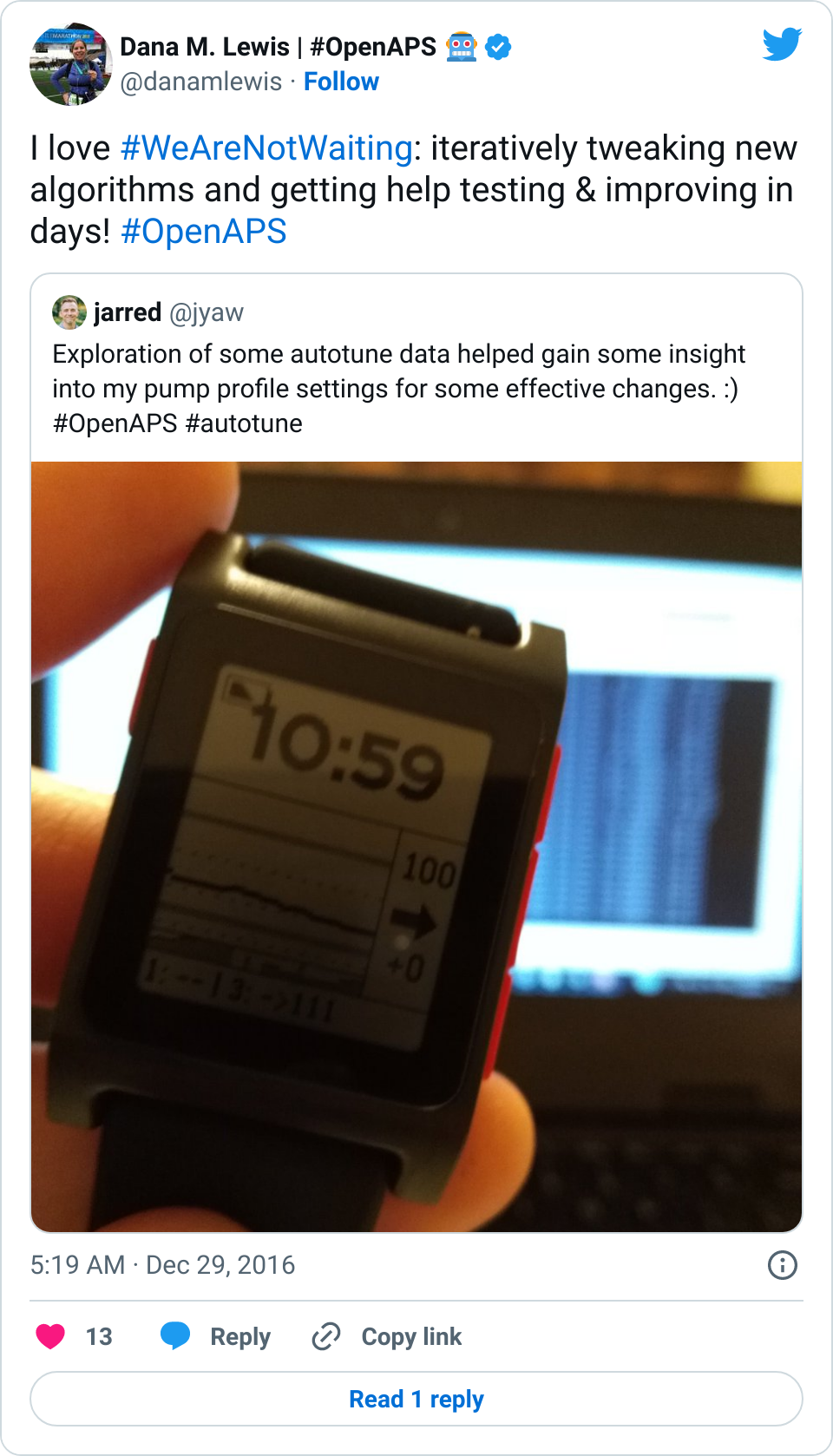
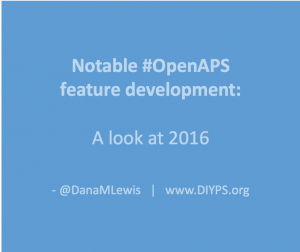

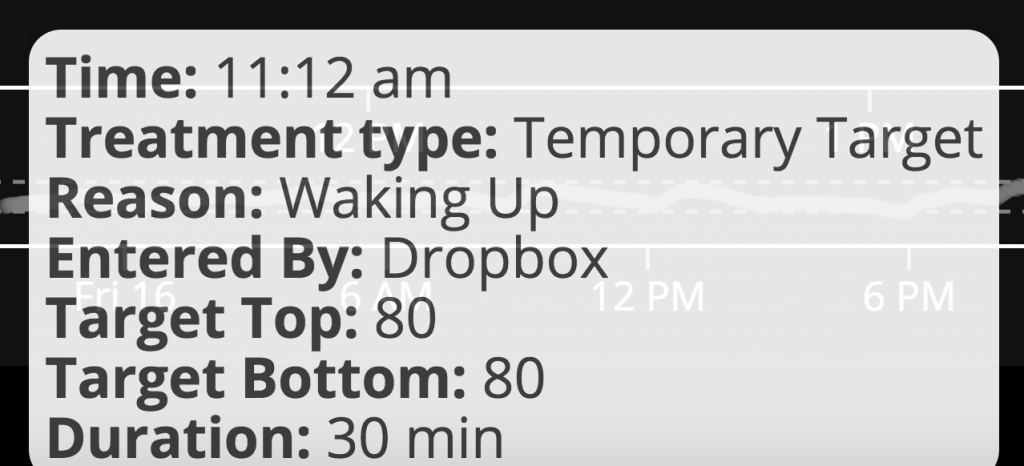

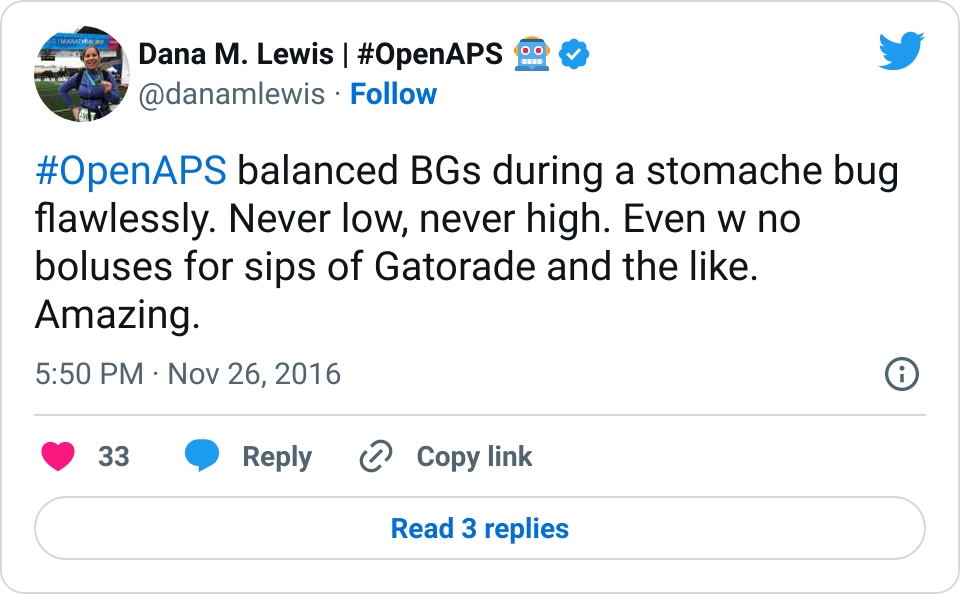
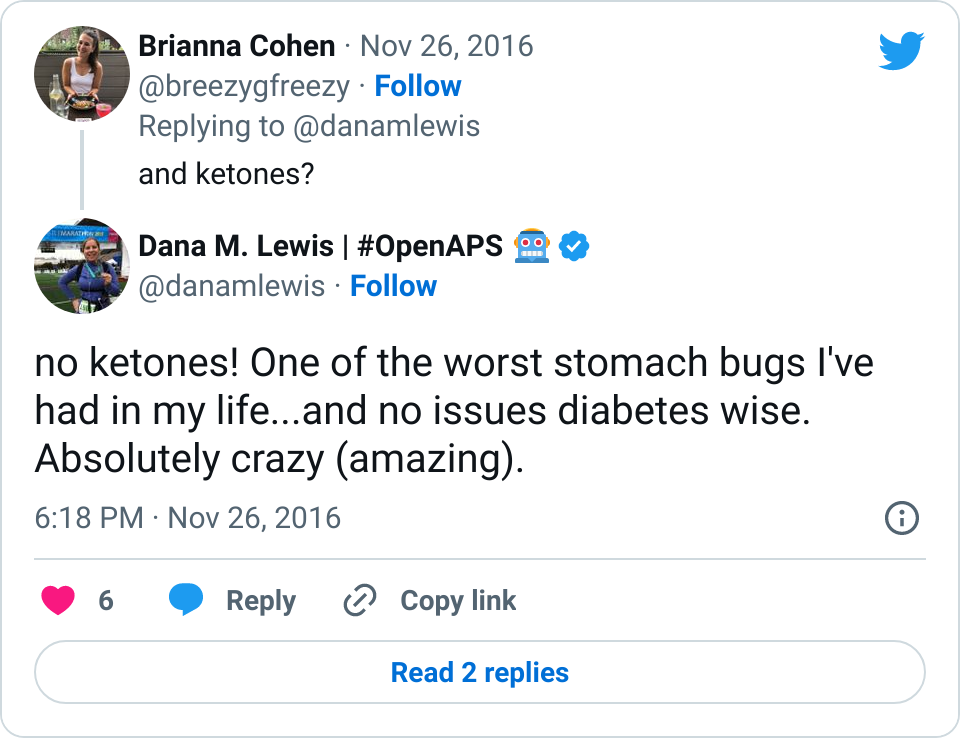

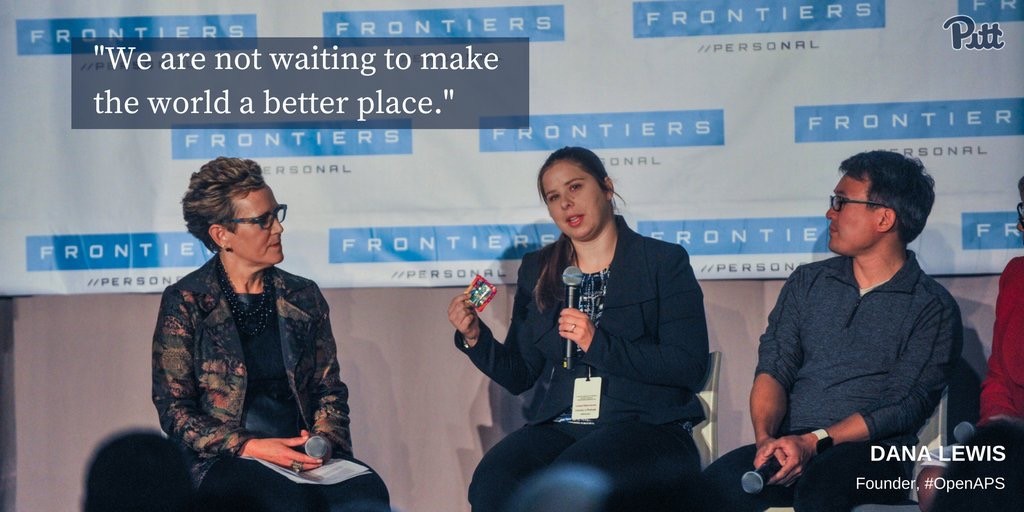
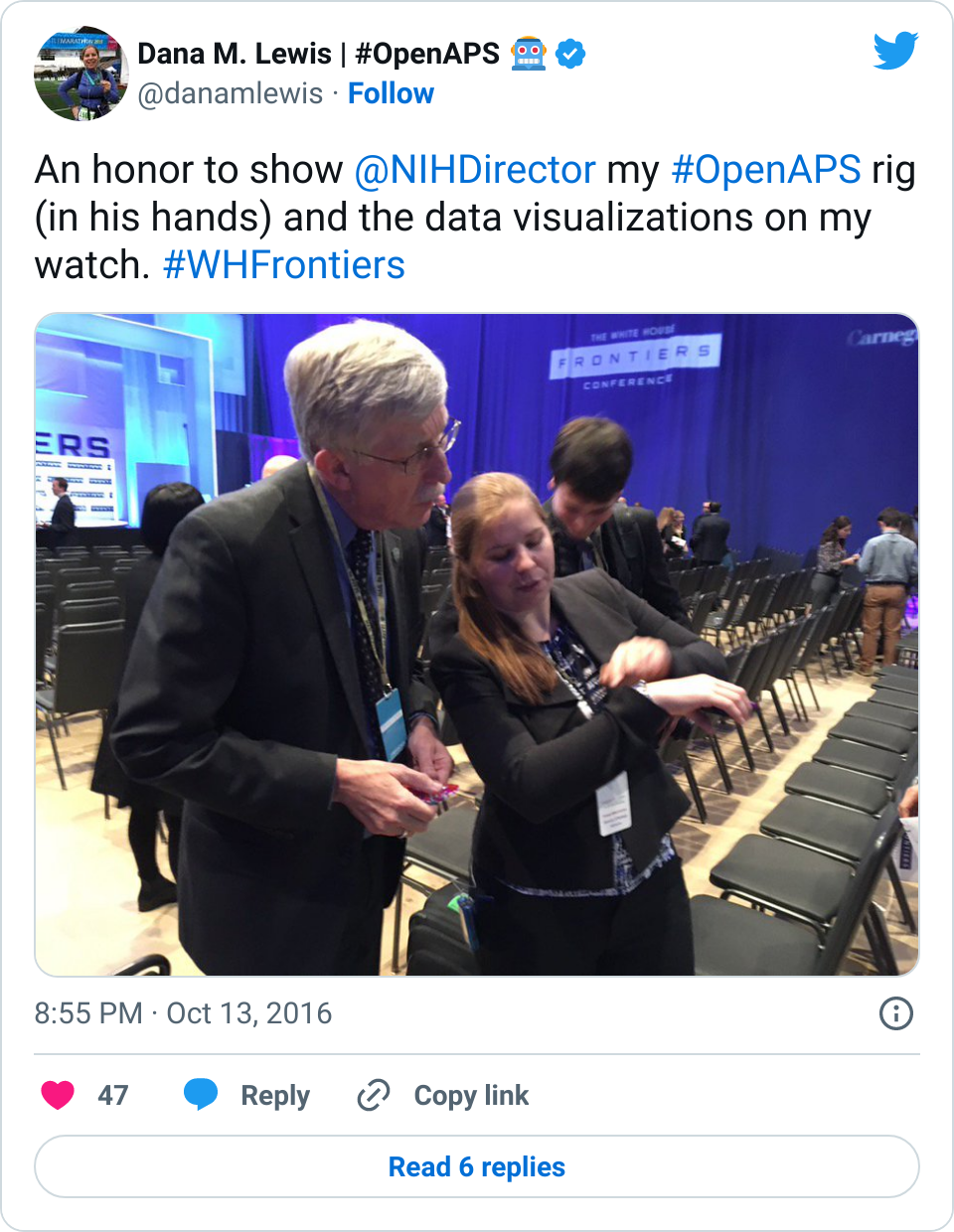
Recent Comments